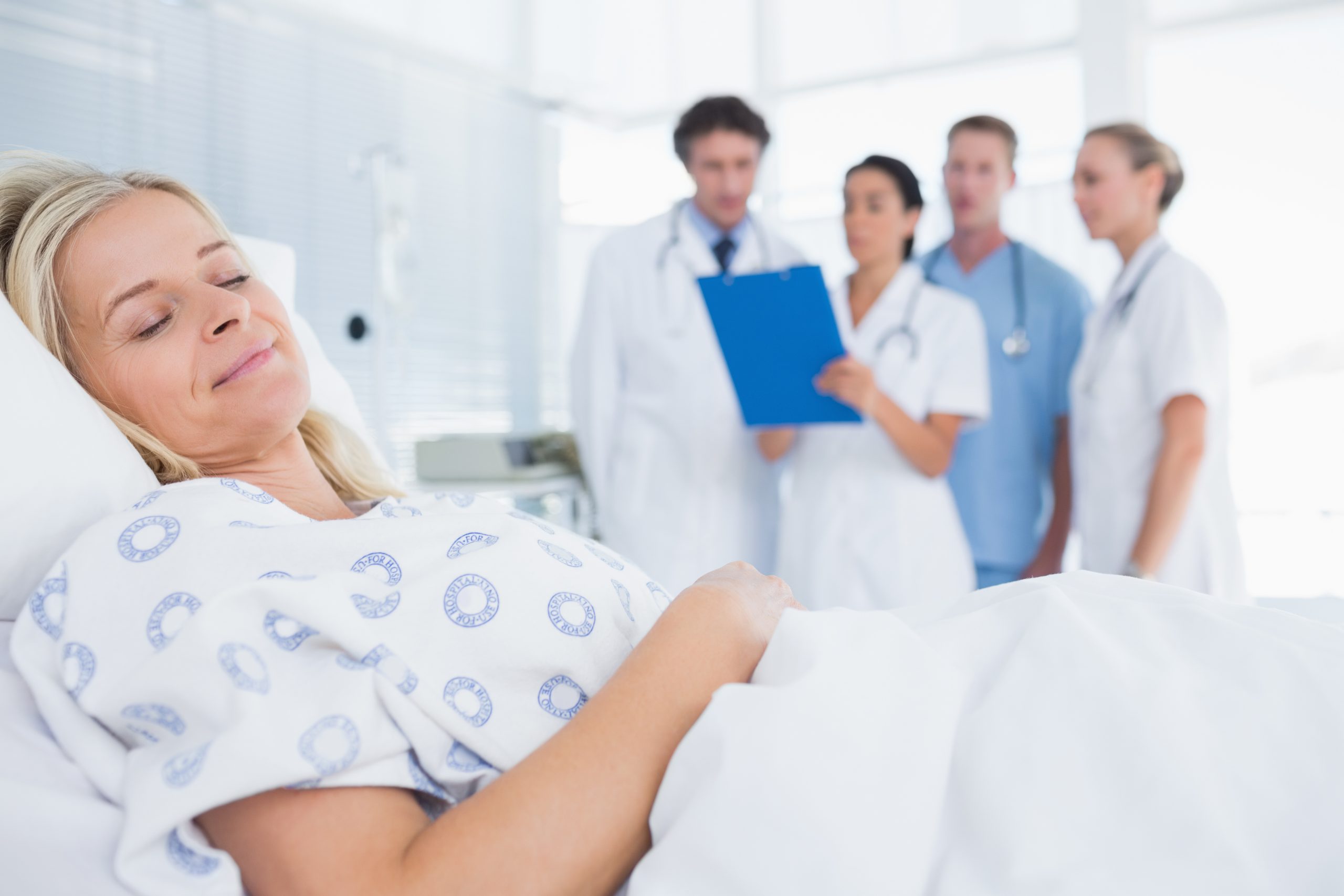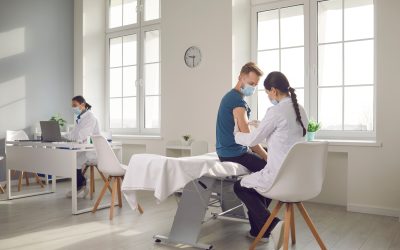Working in the medical field can be very dangerous. One of the biggest concerns for everyone, from surgeons to nursing assistants to cleaning staff, is the danger of contact with needles. While needles themselves are only responsible for small injuries, the leftover medications and biohazardous material they can carry present a much greater risk.
Thankfully, needles and other “sharps” today are typically designed with a needle trap in their overall structure. A needle trap may be designed into things like syringes, IV catheters, and any other item containing a needle or sharp implement that enters the skin.
Here is how these helpful devices work, helping to keep hospitals and their patients and staff safer:
Activation
After a healthcare worker uses a needle or sharp to draw blood, administer medication, or otherwise treat a patient, the needle trap is engaged or activated. This may be automatic or may require manual activation, depending on the individual design.
Needle Enclosure
Once engaged, the trap encloses the needle in a protective sheath or covering. Some mechanisms use a sliding action to manually place the needle into a covering, while others use spring-loaded designs to automatically retract the used needle into a protective sheath.
Locking Mechanism
Once the needle is safely enclosed in its protective housing, it must be locked to prevent any accidental exposure. This prevents any injuries during disposal and keeps both healthcare workers and cleaning staff safe.
Disposal
For safe and tidy disposal, needle trap devices are typically small and self-contained. This is done so the entire mechanism can be placed into a “sharps” container, which is generally located in any office, emergency room, or treatment area of a medical facility. These disposal containers are specially designed not only to keep these devices and other sharp items away from patients and professionals while they await disposal but also to allow for safer and cleaner disposal by cleaning professionals.
Keeping everyone in a medical facility safe is a top priority, as without safety, healing cannot begin. Needle traps are just one more way that medical professionals can help keep these environments clean, comforting, and safe for themselves and their patients.
To learn more, contact Sharp Fluidics.








